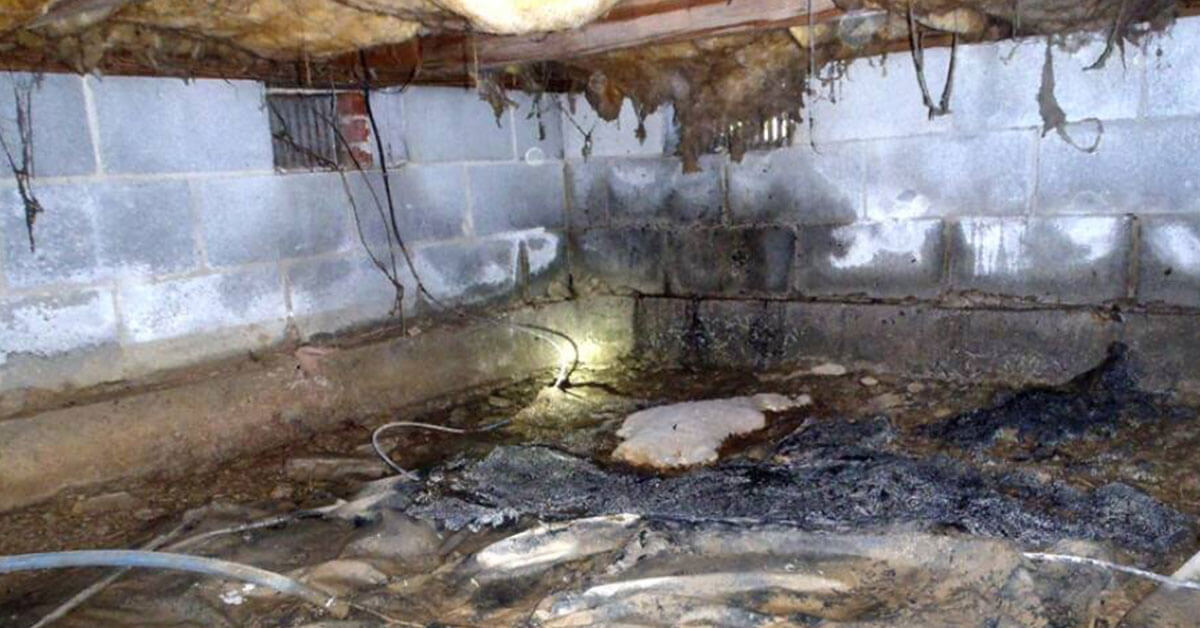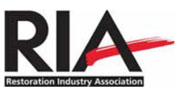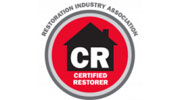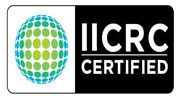Taking Care of Your Crawl Space

Crawl spaces are areas of a home that are similar to a basement, but usually smaller. They are unfinished areas located below the ground floor of the home and are typically vented to the outside of the home. The two main benefits of a crawl space are cost effectiveness and convenience. Building a crawl space is not as expensive as a full basement. It can be more expensive than a slab foundation, but it negates the need for grading for a slab on a sloped property. They’re also very convenient places for plumbing, electric, and HVAC access. Unfortunately, crawl spaces are very susceptible to water and mold damage.
Water Damage
Standing water can easily accumulate in a crawl space from multiple sources including:
-
Sewer drain backups and leak
Waste line leaks
Flooding
Lack of rain gutters and improperly positioned downspouts
High groundwater tables
Pipe breaks
When water damage occurs in a crawl space, it’s important to have the area professionally cleaned as soon as the damage is discovered. Unfortunately, damage in crawl spaces often goes undiscovered for a long time because people don’t enter their crawl spaces often. Even water that was initially clean can grow stagnant when left alone and cause structural damage and health risks over time. When the source of the water was sewage, the water contains bacteria and other contaminants that will eventually make their way into the home above, posing serious health risks.
Mold Growth
In addition to being susceptible to water damage, crawl spaces are also very prone to mold growth due to being common locations for water damages as well as having high levels of moisture and humidity. Mold growth in the crawl space, like water damage, can cause structural problems and pose a risk to your family’s health. Although a professional remediation company can solve your mold problems and get your crawlspace cleaned up, it’s best to always try to prevent mold growth in the first place.
-
Regularly check your crawl space for leaks and standing water. One of the most common reasons mold damage occurs in a crawl space is unnoticed water. Most homeowners rarely have a reason to enter their crawl spaces, so if they aren’t regularly checking water damage can go unnoticed for months leading to massive mold growth.
Be aware of your gutters and downspouts. If rain gutters and downspouts aren’t placed properly, precipitation may flow directly back towards your home and into your crawl space.
Ventilation is important. An improperly ventilated crawl space will have excess humidity which means excess moisture leading to mold growth.
Consider encapsulation. This is the process of using vapor barriers to trap moisture that evaporates from the soil and walls to prevent moisture buildup in the crawlspace itself.
If your crawl space is insulated, inspect the insulation a few times a year. Missing or sagging insulation is a sign of water intrusion.
Ensure that your clothes dryer is vented properly and does not vent into your crawl space or any other part of your home, for that matter. Dryers push out a huge amount of warm, moist air and should always be vented to the exterior of the home.
Crawl spaces come with a wide variety of pros and cons. If your home is on a crawlspace, make sure that you’re taking care of it properly and doing regular checks for damage or issues. Damage in these areas often goes unnoticed and can easily cause damage to the living areas of your home if not addressed.








